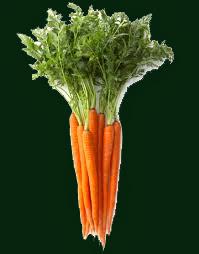Vultures are used in southern Africa as traditional medicine
by a number of ethnic groups for a wide range of purposes, and recent research has for the first time attempted to quantify the extent
by a number of ethnic groups for a wide range of purposes, and recent research has for the first time attempted to quantify the extent
of such use. Considering the impacts of other factors such as habitat loss, electrocutions, collisions
with man‐made structures and direct or indirect poisoning, the extent of harvest of vultures for traditional medicine is a threat to the continued survival of a number of species of vultures. This ultimately threatens the survival
of traditional customs and belief systems
which rely on the continued presence and use of vultures.
Use of
vultures is an important component of traditional medicine, particularlyin southern
Africa and there is evidence to suggest that traditional use is at least partly responsible
for the rapid decline of vulture populations in the subcontinent. There is a
widely held belief
in many
African cultures that health, disease, success or misfortune are not chance
events but the result of the active influence of individuals or ancestral spirits.
For this reason, traditional medicine is held in high esteem in such cultures
and is regularly used by a large proportion of the population. Traditional
medicines
represent herbal, animal and mineral material used for physiological as well as
symbolic/psychological purposes. Approximately 80% of the population in South
Africa uses traditional medicine in one form or another because pharmaceutical
drugs are too expensive or traditional methods are considered more appropriate.







.jpg)

